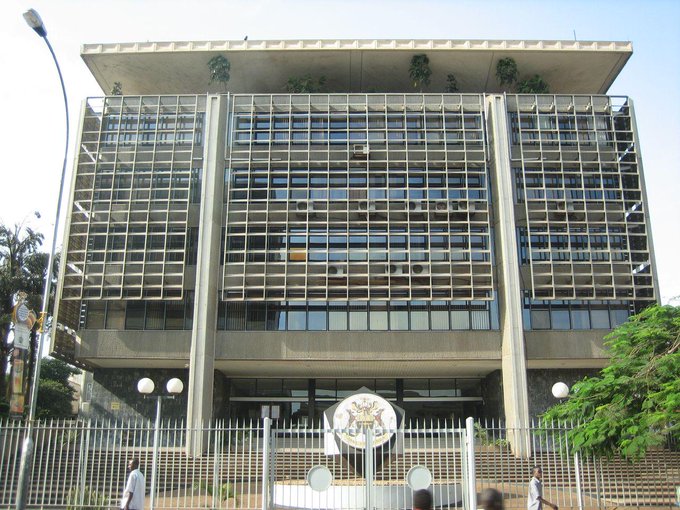Bank of Uganda (BoU) has increased the Central Bank Rate (CBR) by 50 basis points from 8.5 per cent to 9 per cent for the month of August 2022 to contain the rising inflation and stabilize the economy.
According to BoU Deputy Governor, Michael Atingi-Ego, the economy continues to face strong cost-push inflation pressures from the external environment, dry weather conditions, and exchange rate depreciation amidst weak domestic demand.
The annual headline and core inflation rose to 7.9 per cent and 6.3 per cent in July 2022 from 6.8 percent and 5.5 percent in June 2022, respectively. Annual food crop inflation continued to rise from 14.5 per cent in June 2022 to 16.4 per cent in July 2022 and annual Electricity, Fuel and Utilities (EFU) inflation rose from 14.2 percent to 17.2 percent in the respective months.
Atingi said the BoU forecasts show that inflation for 2022 remains in the range of 7.0 to 7.4 percent, adding that inflation outlook is driven by the lagged impact of higher exchange rate depreciation, dry weather that has resulted in the sharp rise of food crop prices and a complete pass-through of global inflationary pressures.
Quarterly GDP estimates by the Uganda Bureau of Statistics (UBoS) indicate that the economy contracted by 1.6 percent quarter-on-quarter in March 2022.
“All sectors of the economy contracted with the services sector taking the biggest hit. In addition, the Composite Index of Economic Activity (CIEA) has continued to signal a slowdown in economic activity. The growth of the CIE A reduced from a quarter-on-quarter growth of 2. 1 percent in December 2021 to 1.4 percent in March and June 2022. The growth of the CIEA slowed down to 3.9 percent year-on-year in June 2022 front 4.6 percent in March 2022,” he said.
Overall, the Deputy Governor said economic growth prospects have been dimmed further with increasing risks of a global recession, and weaker consumer and business sentiments as high inflation and commodity prices, continue to erode households and business incomes and financial conditions tighten. “Economic growth is now projected in the range of 2.5-3.0 percent in 2022, partly reflecting the effects of higher costs of production arising from fuel and transportation on activity, but will rise to 5.0-6.0 percent in 2023, in part supported by public investments and recovery in demand as inflationary pressures begin to wane.”
He added that the risks to the growth outlook are tilted to the downside, including the emergence of global recession, escalation of geopolitical conflicts, heightened global economic uncertainty, and higher inflation. Other downside risks are a further decline in consumer confidence, heightened exchange rate volatility and extended weakening of investor optimism. In the medium tens, the economy is projected to grow in the range of 6.5-7.0 percent, supported by public and private investments in the oil sector.
“In the near term (12 months ahead) BoU forecasts that, inflation pressures will continue to rise. While the current increases in the CBR are meant to bring back inflation to its medium-term objective of 5 percent, these have had the indirect effect in lowering the pace of depreciation of the exchange rate, which is expected to cushion the inflation pressures. In addition, the Committee noted the recent support from the tightening of fiscal policy to address the current inflationary pressures. The committee therefore decided to raise the CBR by 50 basis points to 9.0 per cent,” Atingi said.
Going forward, the Monetary Policy Committee considered that the monetary policy stance will have to be tightened even further if inflationary pressures persist to ensure that inflation reverts to its medium target of 5 percent.







